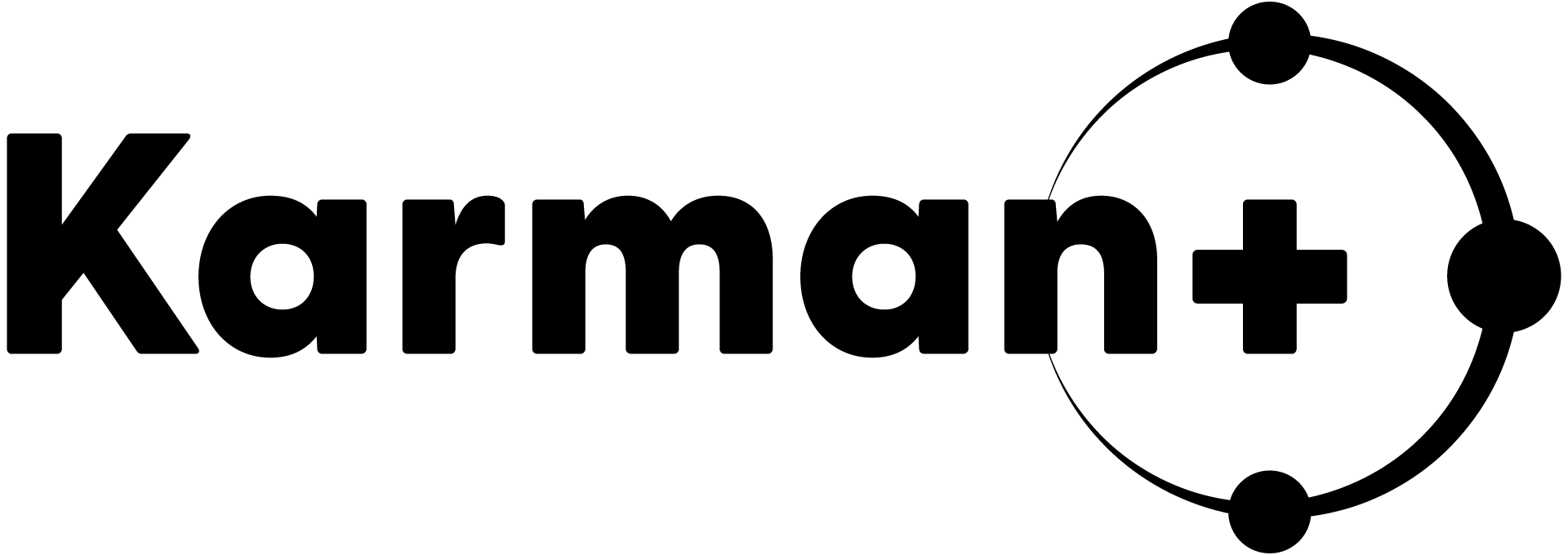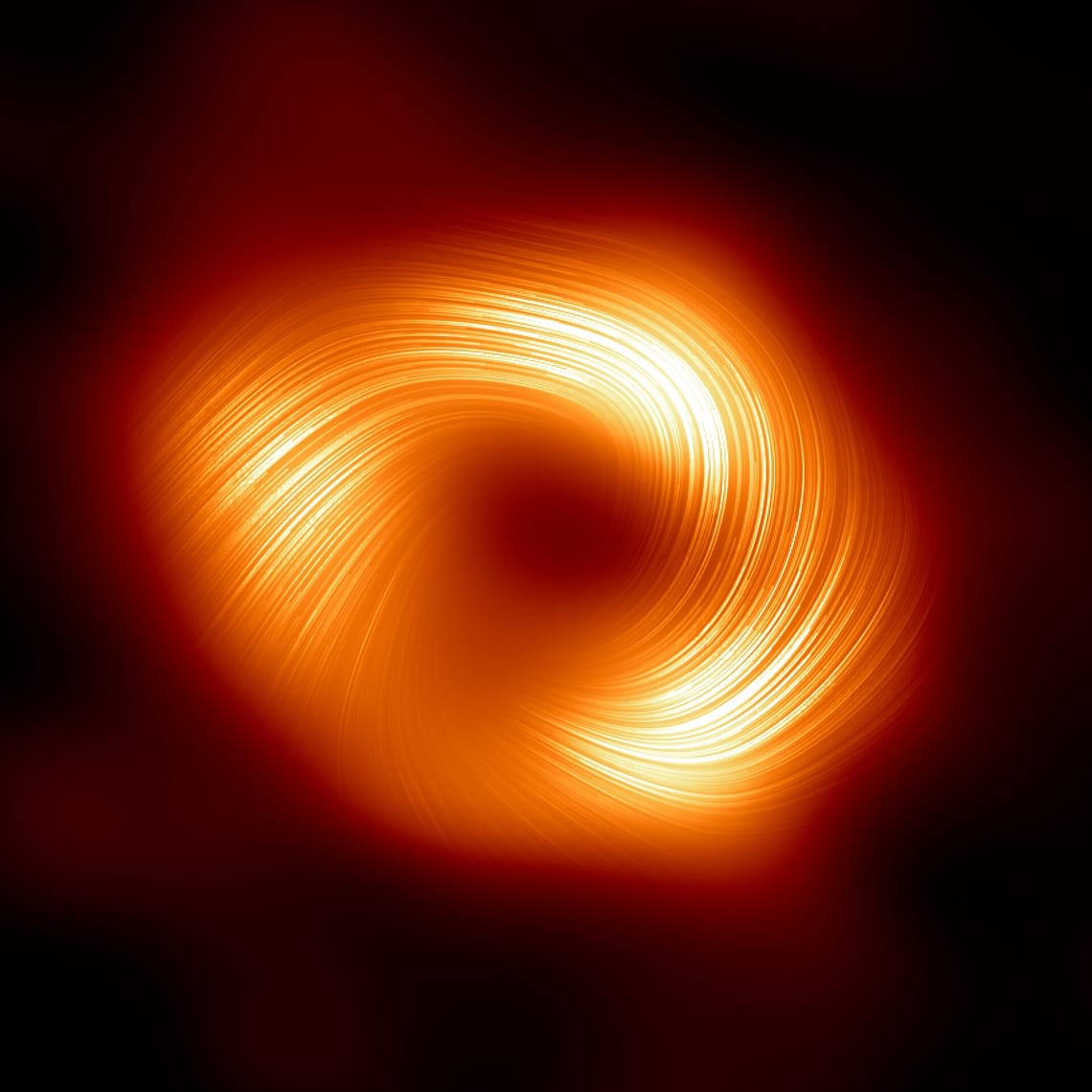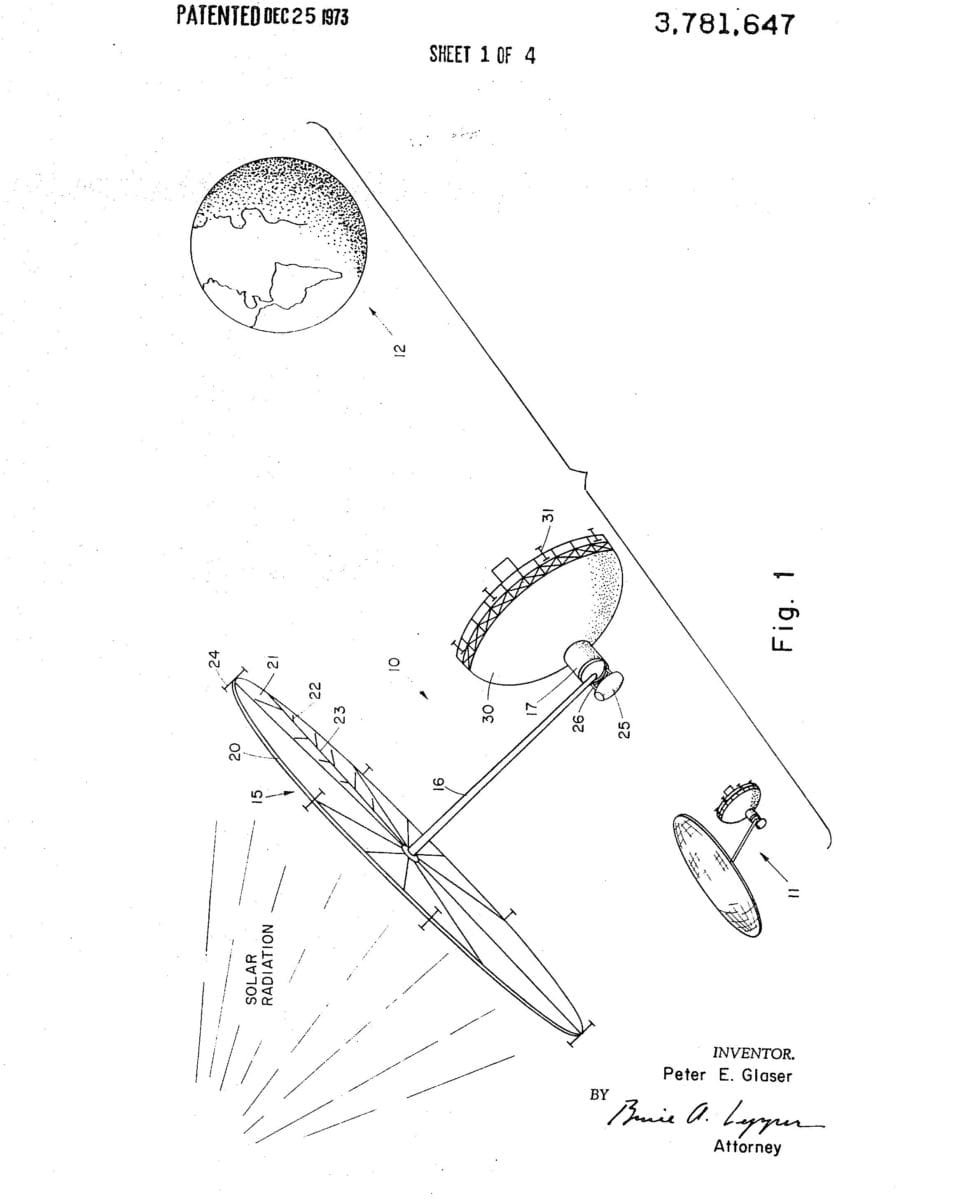We want to move polluting industries away from Earth and into space. Enabling that requires us to rethink where we source natural resources to build robust systems of energy generation as well as heavy industry in Earth orbit.
This will require a supply chain for billions of tonnes of material in orbit, at a scale and cost that is not feasible yet. To allow us to get there, we are working through a number of distinct phases that each have a distinct architecture, approach and capital plan. Throughout these phases, we are expanding a number of key capabilities that Karman+ needs to be the absolute best at. Many other capabilities are needed, but can be sourced from other players in the market/ecosystem.
What we need to be great at:
- Deep space asteroid missions (autonomous, low cost & reliable)
- Mining in zero-g (excavating regolith effectively & safely at scale)
- Utilization of resources in situ (processing & refining regolith at the asteroid)
The full value chain will require many other parts to function at scale, from manufacturing, component development, space logistics, last mile delivery for re-fueling and orbital processing to building utilities that provide space-based solar power. We don’t want to provide all of that, but want to jumpstart the creation of an orbital economy.
After hundreds of conversations with experts from companies and university labs, capital providers and government agencies, it also became abundantly clear that people love to help but are restricted in what they can share and disclose. We believe this default to secrecy is a major issue across the industry, because it blocks learning and feedback loops.
We default to open and share not just this masterplan but also our roadmap, progress, stumbles, designs and inventions along the way. Rapid iteration and feedback loops drive success and are most effective in an open-source environment.
Phase 0 - Exploration
Is this the right time? Is this a worthwhile idea that will have a positive impact? Can’t we just launch everything or get stuff from the moon? What is the initial market and how will we make these materials available? Is this even feasible for a private company with limited capital?
Our research showed that asteroids are both more attractive (easy to get to, easy to mine, easy to process without legal issues) and more abundant than any other resource base available. Launch is a monopoly business with prices increasing every year while supply remains constrained. The market for fuel to extend life for satellites in orbit is starting to show meaningful activity after a decade of investment in enabling tech, while manufacturing in orbit has shown its first use cases and tests.
The moon remains difficult and expensive to reach and is at the bottom of a gravity well.
The feasibility question will remain open for now. We certainly think so…
Phase 1 - Touch-and-Go
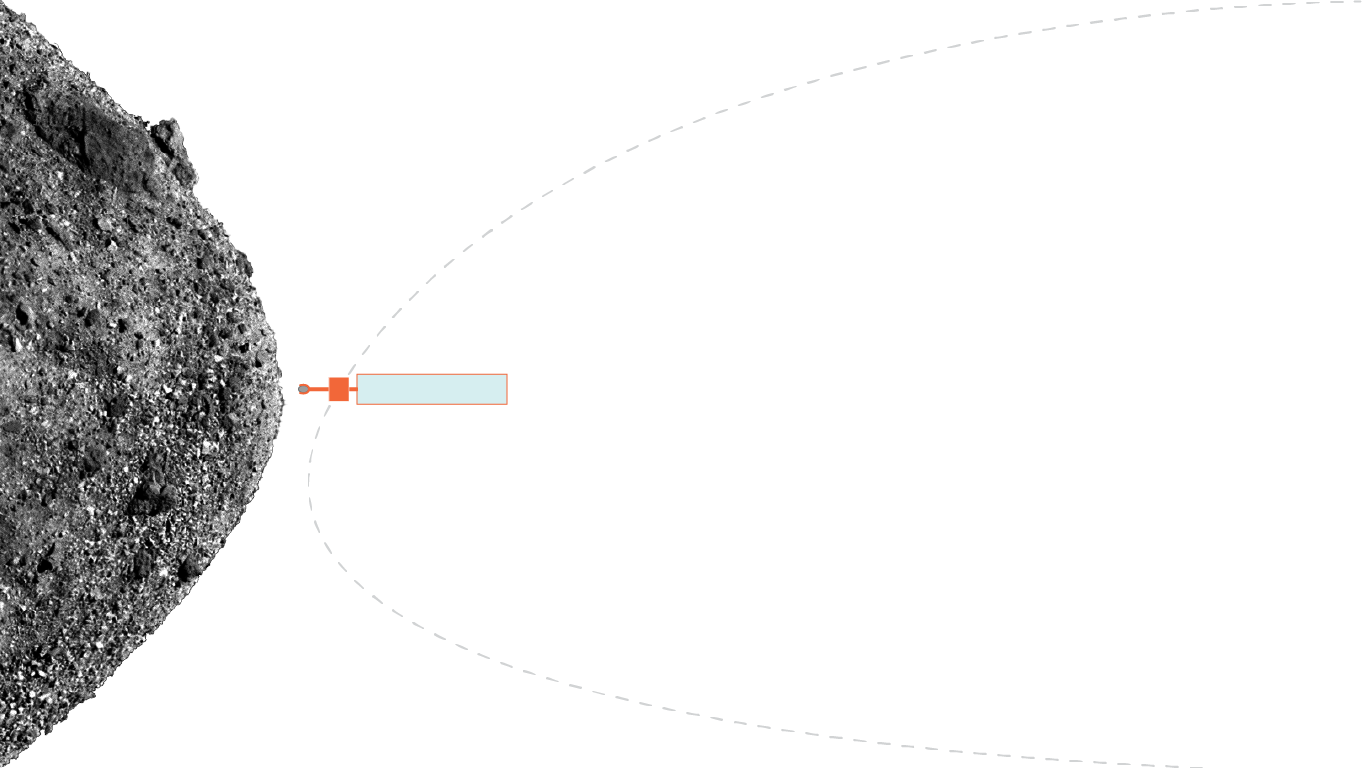
We’re calling our first missions our Touch-And-Go phase. These are individual missions with a relatively small spacecraft (<1,000kg), going to a near Earth asteroid to mine material that can be used as fuel in space. We expect to return useful material to orbit, where it can be distributed through fuel depots that manage the last mile.
Our missions are fundamentally return-mass constrained, as we need to carry return fuel with us as we launch. Marginal optimization for linear scaling is possible, but won’t allow us to provide low-cost materials at a level that would enable us to build large structures in space.
Mass return to Earth orbit will range from low 100s to 1,000s of kg, with ‘per mission’ costs starting at our current $20M baseline to a low end of ~$10M. We see cost/kg trending to $10,000 when optimized, making us competitive with launching things to Low Earth Orbit (cost of $7,000-12,000 at the moment) and very attractive for applications in Geostationary Orbit where cost/kg for launch alone remains multiples higher.
Initial products range from consumables (water, oxygen, hydrogen) for fuel to basic manufacturing inputs in orbit for applications such as radiation shielding. This also allows us to refuel our spacecraft, both for new missions as well as to extended prospecting missions to keep expanding our list of target asteroids.
The breakthrough/exit criterium to move out of this TAG phase is the ability to use material processed at the asteroid to provide thruster fuel. If we can extract our return fuel at the asteroid, we break out of the limits of the rocket equation.
Phase 2 - Mine-and-Tug
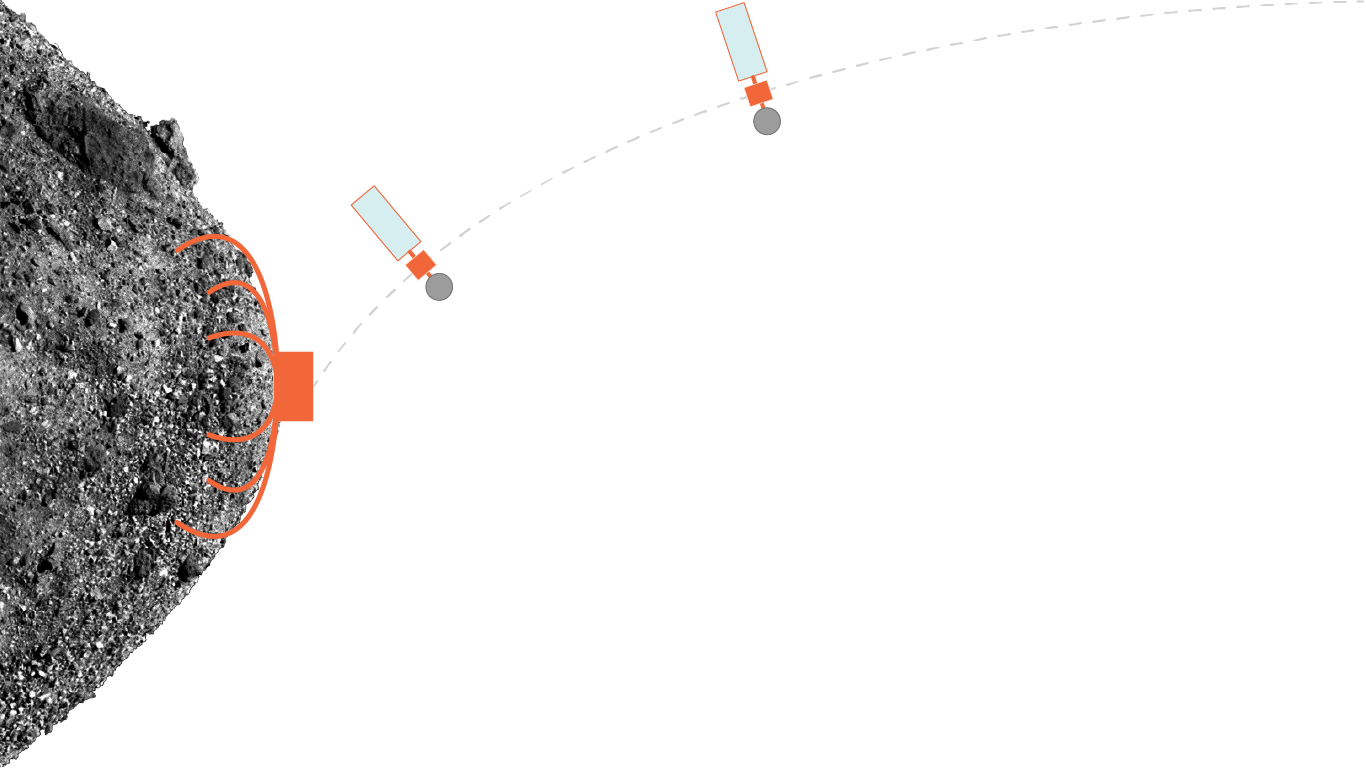
When we are able to reliably produce return fuel, we can move out of TAG into the Mine-and-Tug phase. Our interactions shift from Touch-and-Go to deploying as a permanent mine on the asteroid surface. This mine includes a processing plant to build return ‘Tugs’ at the asteroid that can return sorted/semi-processed material, providing a steady stream of resources arriving in Earth and Lunar orbit. The mine excavates and processes material at the asteroid continuously and fills tugs for regular Earth return. Building these tugs combines small elements brought from Earth (control systems, thrusters) with fuel, solar panels and physical structure created at the asteroid.
Mass return to Earth orbit will range from low 10,000s to 1,000,000s of kg, with /mission costs ranging from $100-150M given the larger scale and complexity. We see cost/kg trending to $100 when optimized, which makes our material very competitive with anything launched from Earth and makes Earth-return attractive for all high-valuable resources.
Products in orbit range from the existing portfolio to spacecraft components (solar panels at least), to a much wider feedstock of elements for manufacturing and to the first generation of space-based solar power plants.
The breakthrough/exit criteria to move into the next phase is our ability to create more advanced components at the asteroid, although the hurdle shifts from creating return fuel to running a scaling distributed network of mining operations at different asteroids. As our capability to manufacture at the edge expands, we move from deploying small mines to full asteroid capture&return.
Phase 3 - Use the whole Buffalo
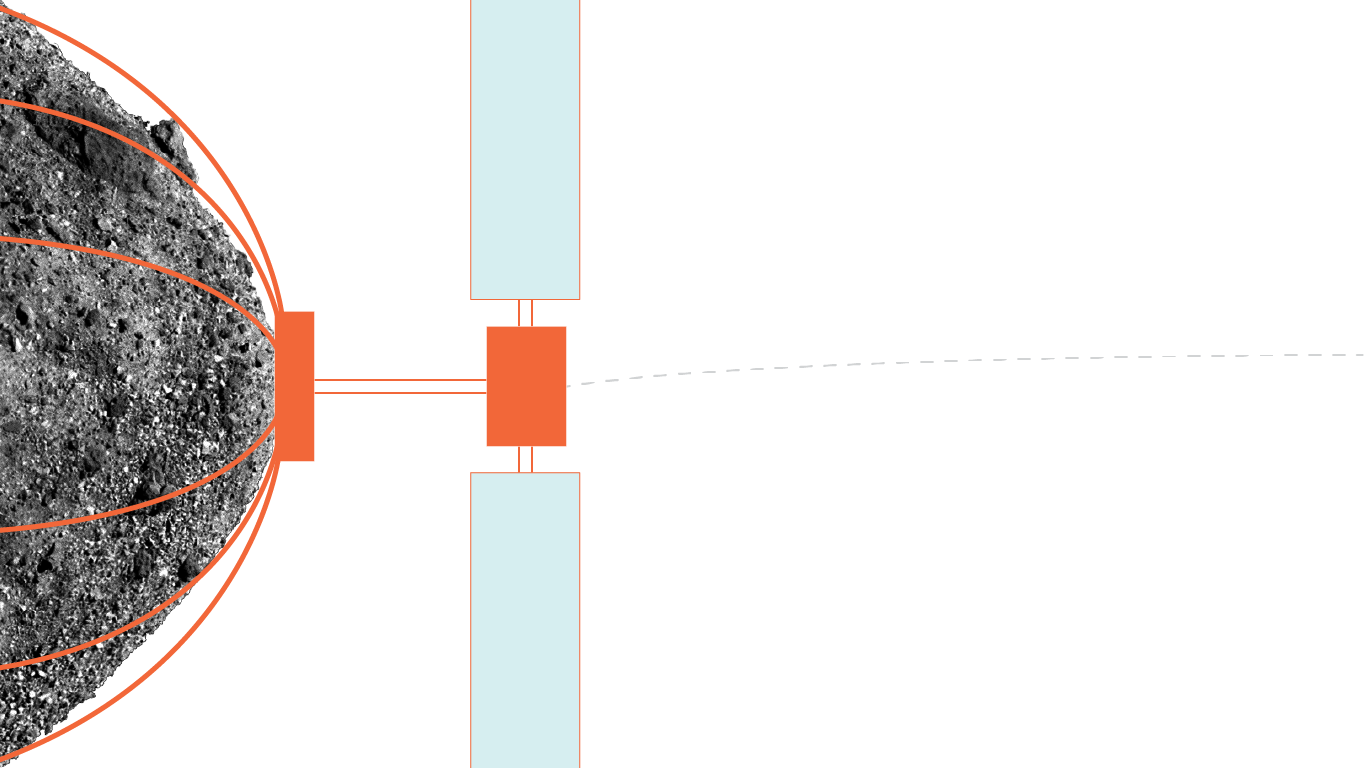
When our ability to use the asteroid material in place exceeds the level of basic self-replication, we can move from excavating regolith from the surface to capturing and using entire asteroids. This allows us to consolidate and move around small to progressively larger asteroids to bring them to convenient locations near the moon and Lagrange points for large scale processing and utilization.
Mass return will range from low 1,000s to 1,000,000s of Gkg, with /mission costs ranging from $500-1,000M given the much larger scale and complexity. Cost/kg trends to below $0.01 when optimized.
Beyond the ability to provide resources for a wide range of different markets and manufacturing processes both in orbit and on Earth, capturing entire asteroids allows us to build space-based solar power plants at scale as well as true O’Neill cylinders as colonies/cities in space.
At this scale and cost, a majority of heavy manufacturing as well as energy production can be moved to Earth orbit to reduce environmental stress and pollution on Earth itself.
Phase 4 - The Expanse
Moving away from Earth, the expanse phase moves from Earth-centric operations to utilizing resources available in the main asteroid belt to build a sustainable base of operations. This would involve a mixture of phases 2 and 3 from an architecture perspective, but looking at a fully self-sustaining ecosystem in between Mars and Jupiter.
Timeline for all of this? Decades for sure, but these are things that can and should happen in our lifetimes!
